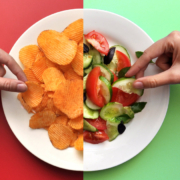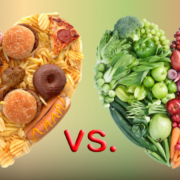What Are Ultra-Processed Foods?
Several studies have been published recently that demonstrate the hazard of eating too much processed food: digestive issues, type 2 diabetes, cardiovascular disease, early mortality, and even premature Alzheimer’s disease. Today I’ll focus on some definitions and look at the research on Saturday.
Many of the studies that have examined ultra-processed food have used the NOVA four categories of processed foods developed at the University of Sao Paulo’s School of Public Health in Brazil:
“Ultra-processed foods are industrial formulations made entirely or mostly from substances extracted from foods (oils, fats, sugar, starch, and proteins), derived from food constituents (hydrogenated fats and modified starch), or synthesized in laboratories from food substrates or other organic sources (flavor enhancers, colors, and several food additives used to make the product hyper-palatable). Manufacturing techniques include extrusion, moulding, and preprocessing by frying. Beverages may be ultra-processed.”
Doesn’t that sound appealing? Actually, hot dogs, mac and cheese from a box, and just about every dessert bought in a typical grocery store fits that bill. For the complete list, check out the link in the Reference below.
Now that we know what we’re talking about, I’ll talk about what the research says about ultra-processed foods and assess our risk in the real world. In the meantime, try choosing more foods from the first group for the next few days; that’s healthy eating.
What are you prepared to do today?
Dr. Chet
Reference:https://educhange.com/wp-content/uploads/2018/09/NOVA-Classification-Reference-Sheet.pdf









